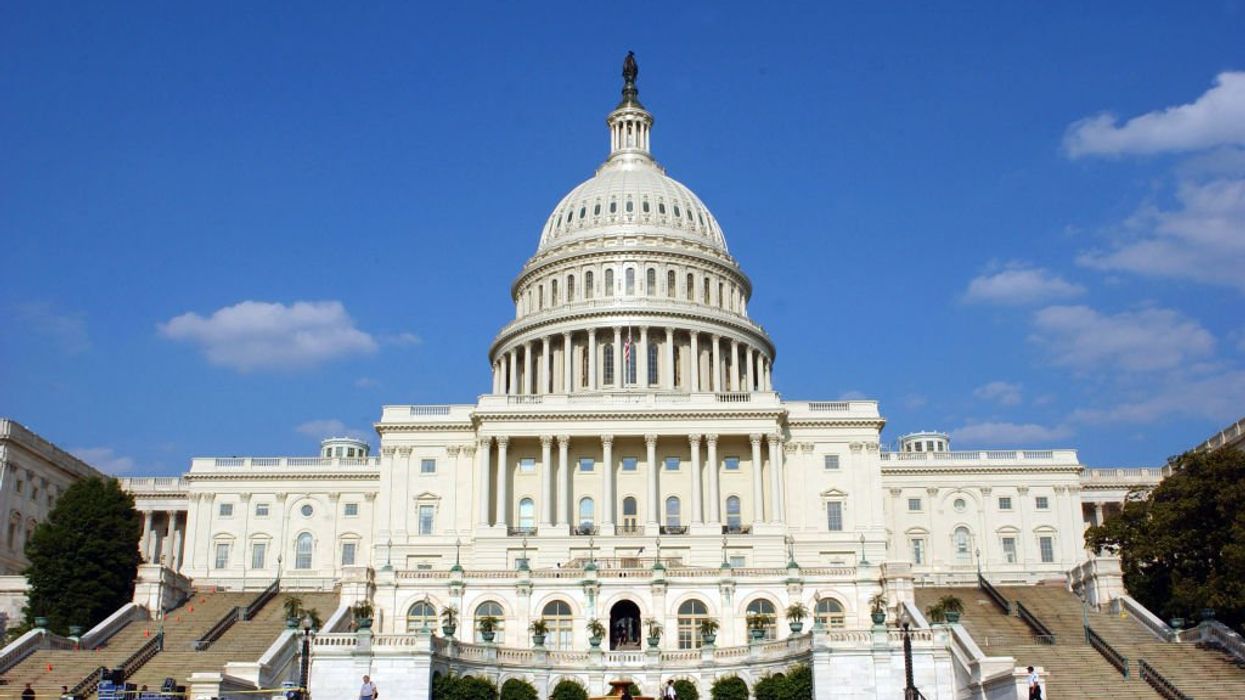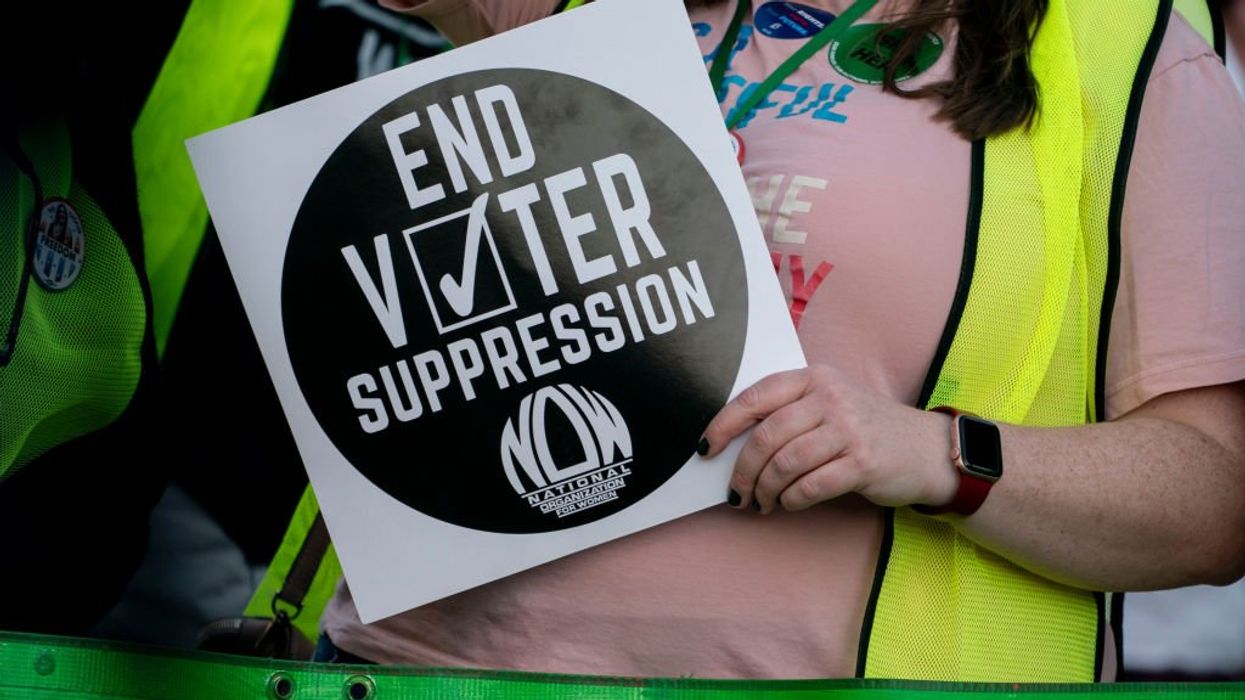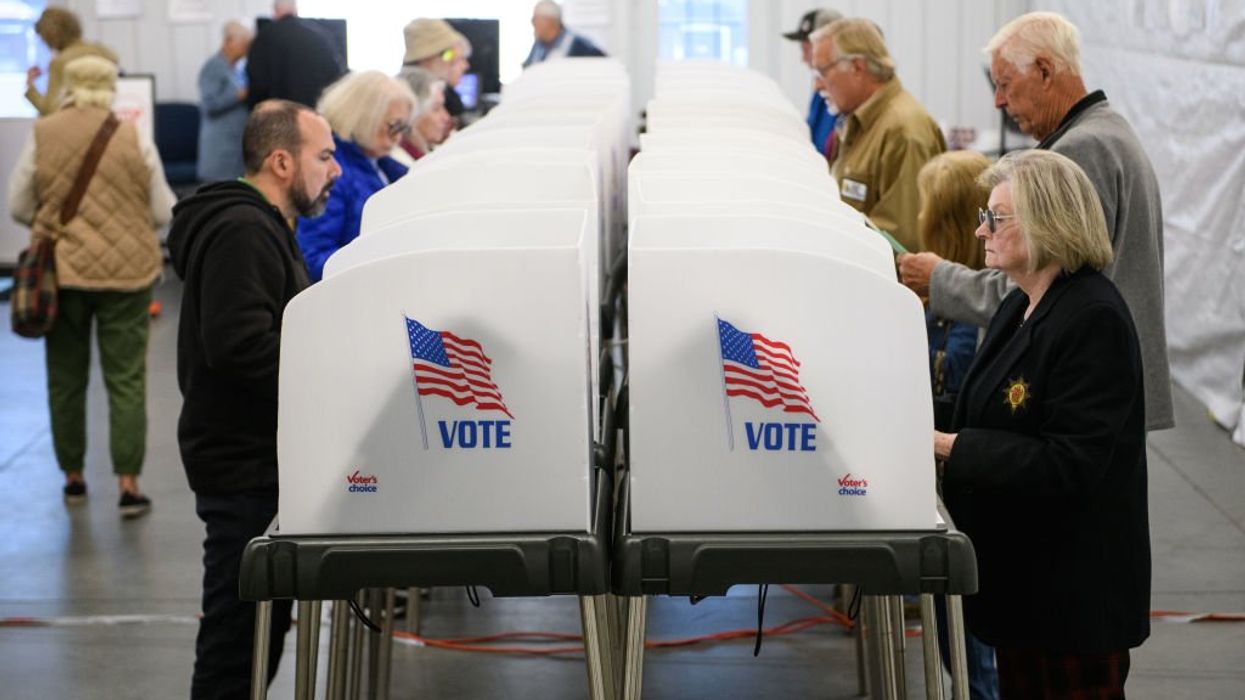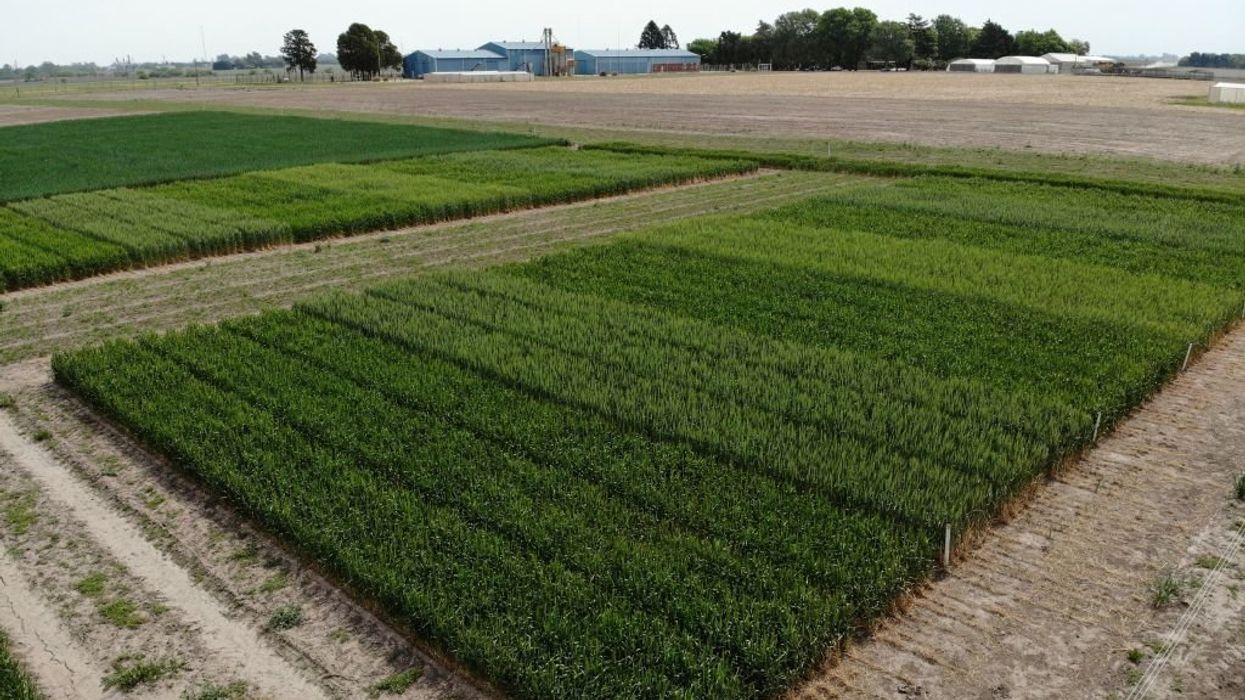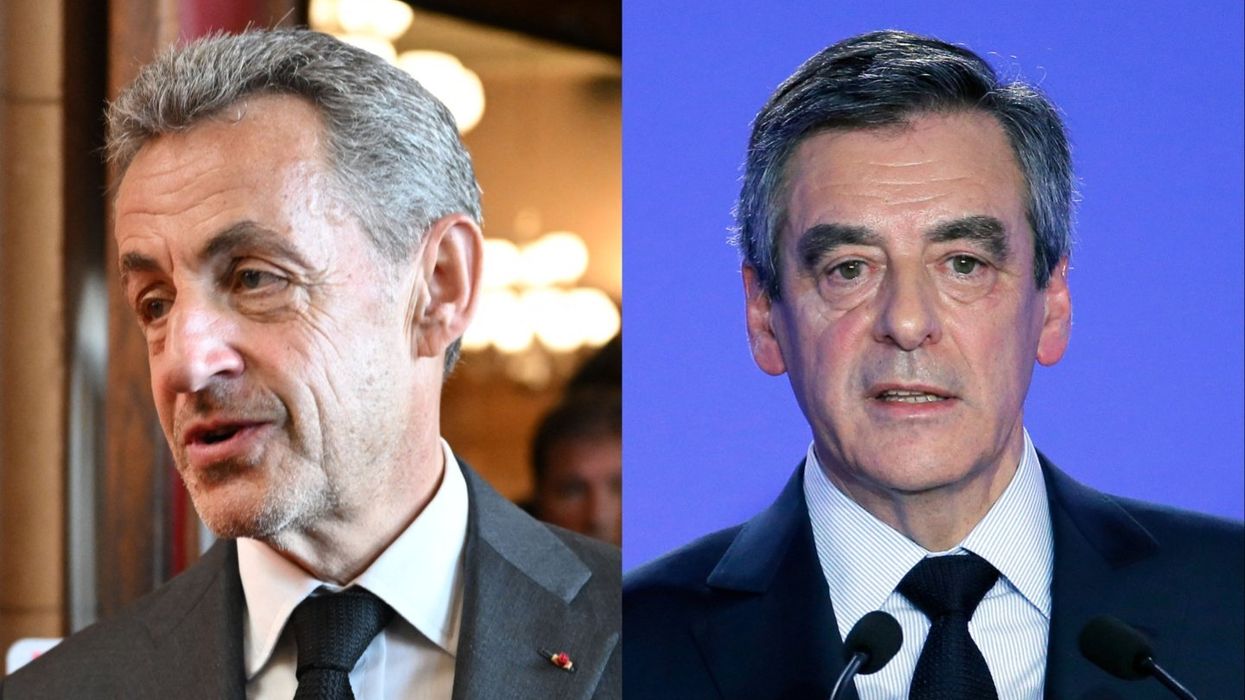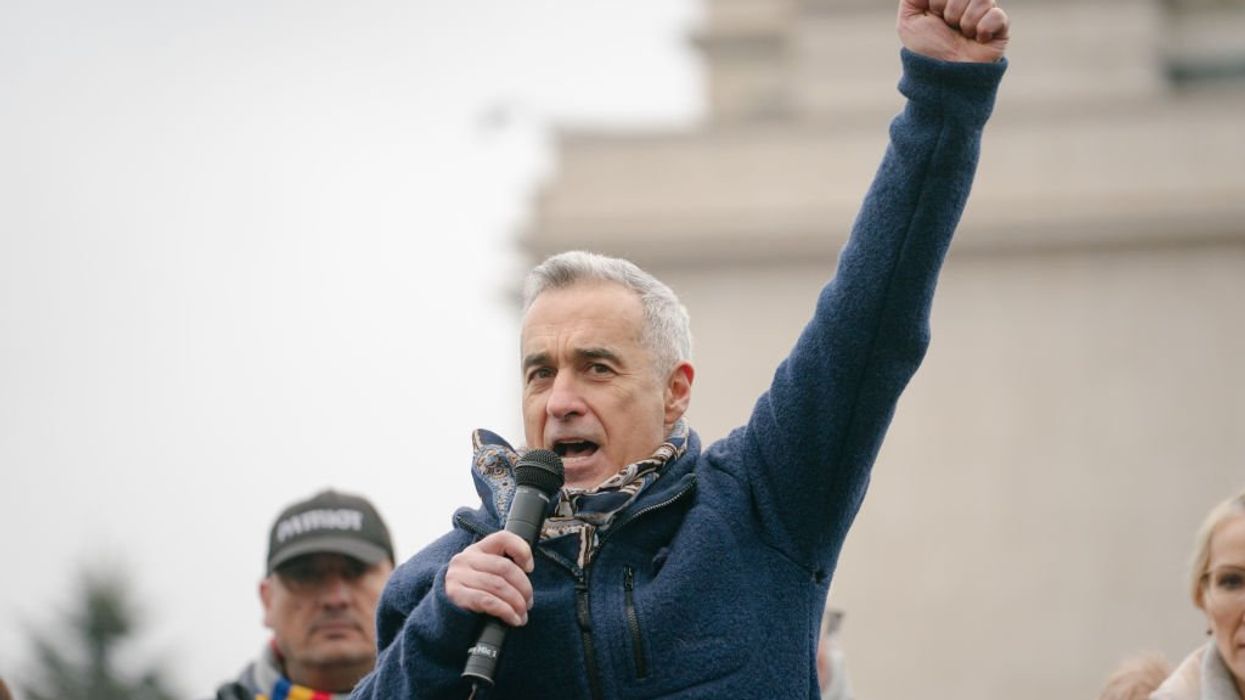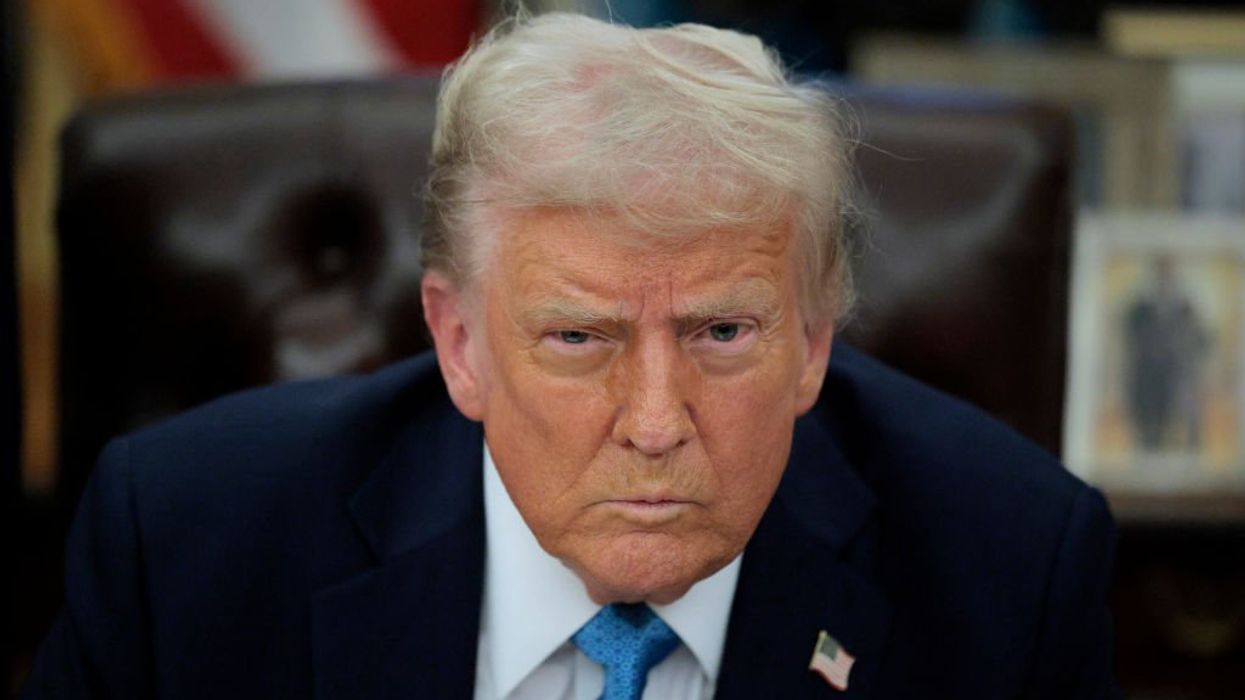President Trump’s new tariffs have sparked global outrage, and even conservatives are divided over the merits of his plan.
On Wednesday, April 2, 2025, President Trump declared "Liberation Day" to usher in a new era for the American economy. This bold initiative began with the introduction of sweeping tariffs on most—if not all—countries trading with the United States. These tariffs are reciprocal, meaning the percentage charged to each country mirrors the tariffs they impose on U.S. goods. The goal was to level the playing field between America and its trade partners.
As Glenn predicted, these tariffs have caused some immediate damage to the economy; the stock market has been hit hard, and China has already imposed a retaliatory tariff. While many fear that a recession is inbound, along with a global trade war, others are trusting in Trump's plan, keeping their head and preparing to ride out this rough patch.
So, what exactly are these "Liberation Day" tariffs, and what happened on April 2? Here are the top three takeaways:
Baseline Tariff

Bloomberg / Contributor | Getty Images
To kick off Liberation Day, the White House unveiled a baseline tariff affecting all imports to the U.S. Starting April 5, 2025, every good entering the United States will face a 10% tariff, regardless of its country of origin. While some nations face additional tariffs on top of this baseline, others—like the UK, Australia, and Argentina—only pay the 10% rate. These countries enjoy this leniency because they impose relatively low tariffs on American goods.
Reciprocal Tariffs
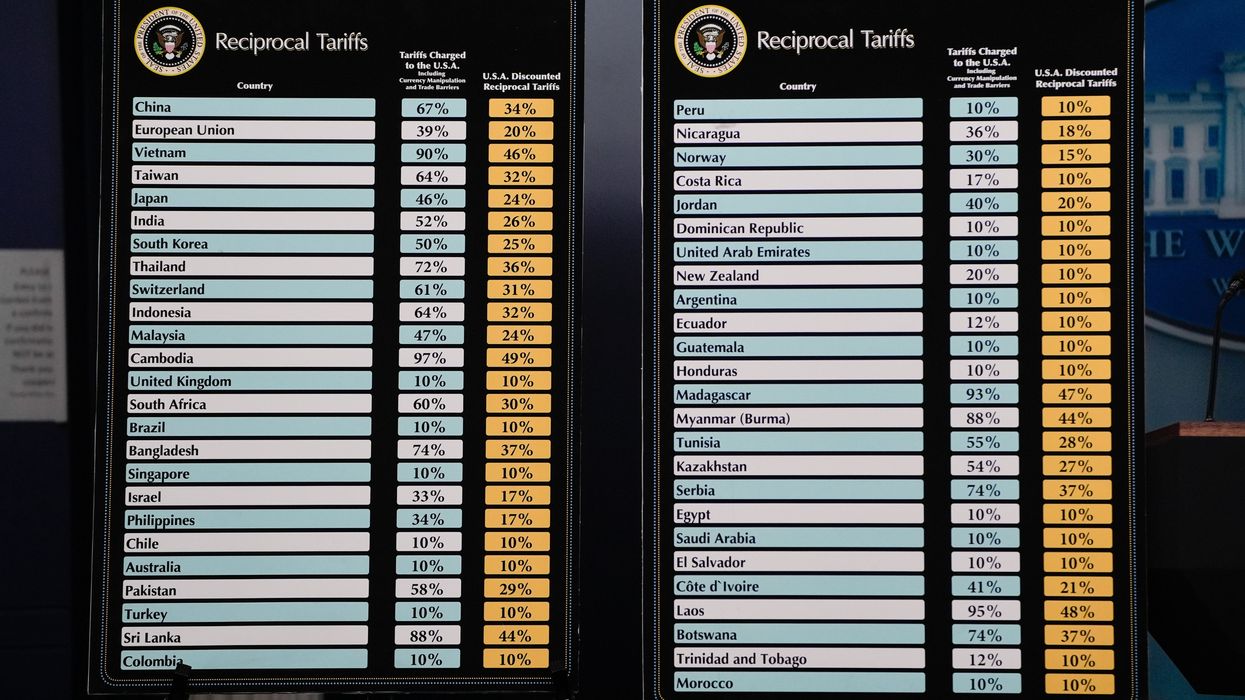
Bloomberg / Contributor | Getty Images
For the countries that levied heavy tariffs against America, Trump hit them back hard. Cambodia, for instance, now faces a steep 49% tariff, while China contends with 34%, the EU with 20%, and Iraq with 39%. While these tariff rates may seem steep, they are all a good bit lower than the rates they apply against the U.S (see the full chart here). Trump’s strategy is to make foreign goods prohibitively expensive, encouraging manufacturing and jobs to return to American soil. Whether this gamble succeeds remains to be seen.
Canada and Mexico

Aaron M. Sprecher / Contributor, Chris Jackson / Staff | Getty Images
Notably absent from the "Liberation Day" tariff list are Canada and Mexico, America’s closest neighbors. That’s because Trump already imposed tariffs on them earlier this year. In February 2025, he slapped a 25% tariff on most goods imported from both countries to pressure them into curbing the flow of fentanyl across U.S. borders. Exceptions include agricultural products, textiles, apparel, and other items protected under NAFTA.

